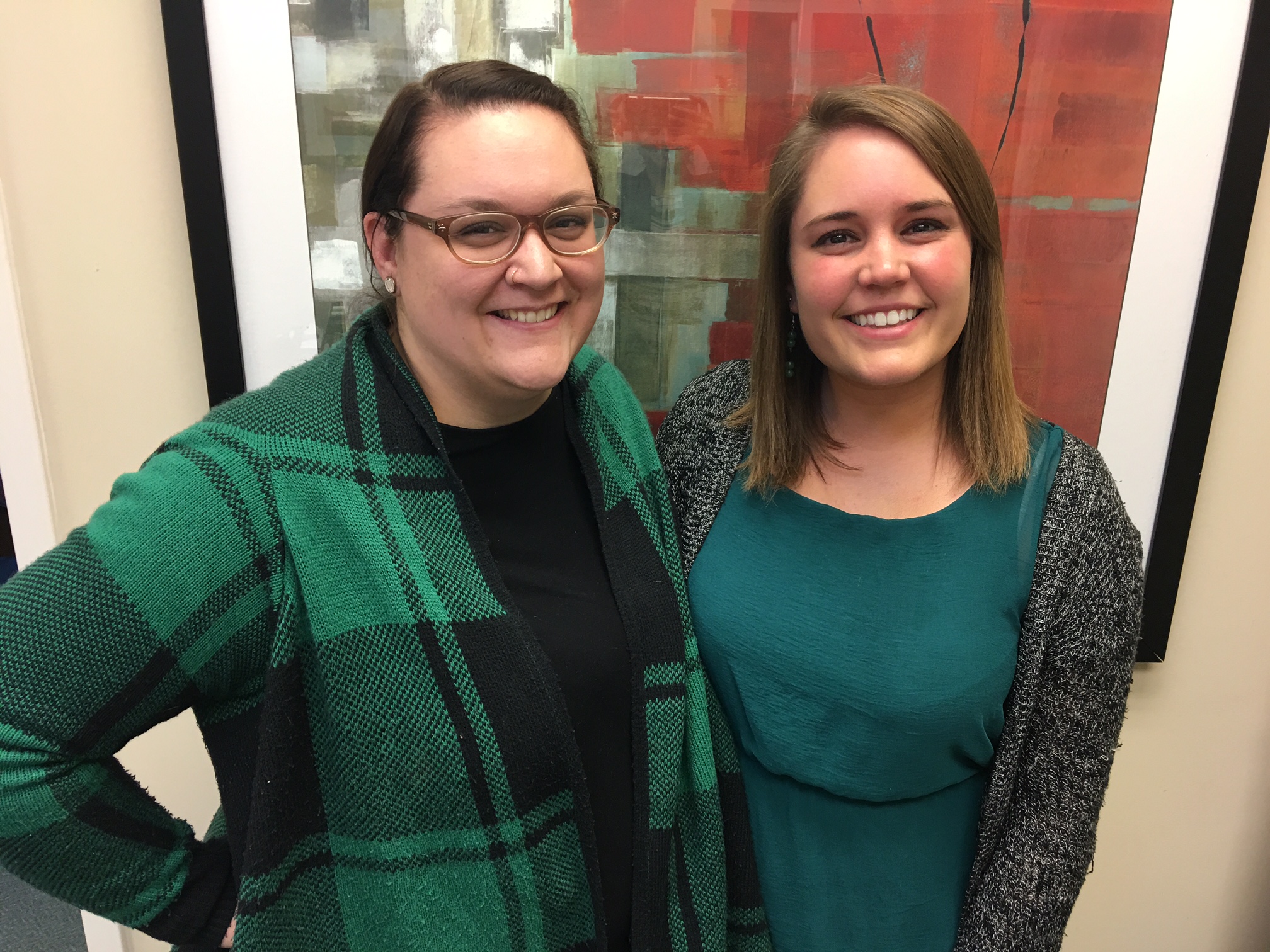The CARITAS Shelter: More Than Just A Place to Sleep
The CARITAS Shelter served more than 1,000 clients last year. We are able to serve so many of our most vulnerable neighbors with the help of 150 congregations throughout the Richmond community. These volunteers provide a safe place to sleep, food, laundry services, showers, and hospitality.
Helping families sleep safe and sound is important. Our mission at CARITAS, however, is to ensure that those individuals find a pathway to stability. Single Adult Program Clinician Allie Cornell and Women’s Program Manager Amy Callahan answered a few questions about how CARITAS helps guests connect to important resources and discover self sufficiency.
What are some of the most common reasons guests of the CARITAS Shelter become homeless?
Allie: The most common reason is the loss of income. A lot of clients have a back up of due rent. When a client owes four months of rent, late fees, and likely other fees, it becomes overwhelming.
Amy: The second most common reasons are substance use and mental health, which both lead to loss of income. We can send men struggling with addiction to The Healing Place and women to the Richmond Behavioral Health Authority or the Daily Planet. Most of the time, though, those women are referred to out-of-state programs.
What is the first thing CARITAS staff members do when they meet a new client?
Allie: Intake should always be the first step. During this interview, we learn what resources they have now such as food stamps, Medicare, Medicaid, health insurance, and what documents they have such as a photo ID, birth certificate, social security card, etc. These are all things they need to eventually get housing, jobs, and other support.
Amy: Then we use the VISPDAT (Vulnerability Index Service Prioritization Decision Assistance Tool), an evidence-based screening tool that helps determine the client’s vulnerability and the best course to take while they are in shelter. Then we create a housing plan and/or an individualized service plan. We help them answer questions like: How are you going to find employment? How much do you need to make? What are the next steps you need to take to obtain housing?
So what’s next?
Allie: If it’s employment they need, we work with our partners in the community such as Goodwill, Senior Connections, Resource Workforce Center, AARP, and more to connect clients with training and jobs. The CARITAS Works program is also a great option. We are now offering forklift trainings, which are very popular. There are also hiring events around town we often know about and send clients to. Some clients are truly disabled and just need help filing for disability income,so we help with that, too.
What agencies do we partner with to connect men, women, and families to a home?
Allie: Once we make it through those first steps, we hope many of them can self stabilize. We work with private landlords to find an affordable home and make sure they have all their documents in order to make it work. We make sure to let the clients know that the first step is not the last step. That first house or even a room in a house is a stepping stone to something more comfortable and permanent.
Amy: Some of our clients enter rapid rehousing, which means they may receive help with a deposit and/or monthly payments with the end goal being the client takes over full rental payment responsibility. Another option is permanent supportive housing in which a client will receive long-term rental payment support. They also have a case manager who will stay with them. Virginia Supportive Housing, Richmond Behavioral Health Authority, and Veterans Affairs all work with clients in these situations.
Besides finding a home, what else do clients need to remain stable?
Allie: Furniture Bank referrals are really important once they have a home. We also connect clients with some other stabilizing support such as the Daily Planet to help with ongoing therapy, medication, medical treatment, etc. We do anything we can do to set them up to stay stable, housed, and healthy for a long period of time.
Why do you love working with clients in the Shelter?
Allie: I like the connections I make with people. I have a lot of clients that stay in touch over the years. When you start working with a client, you never think about the impact you have on their life. Lots of clients come back that I didn’t think would ever remember me. It takes a phone call out of the blue from a former client to realize the important role I played in their life.
Amy: A lot of women our shelter serves come from domestic violence. I think that just providing support, and being someone to listen to is what carries them through that transition phase. I find that I am able to empower women to move on from that situation and find a pathway to a new life.

